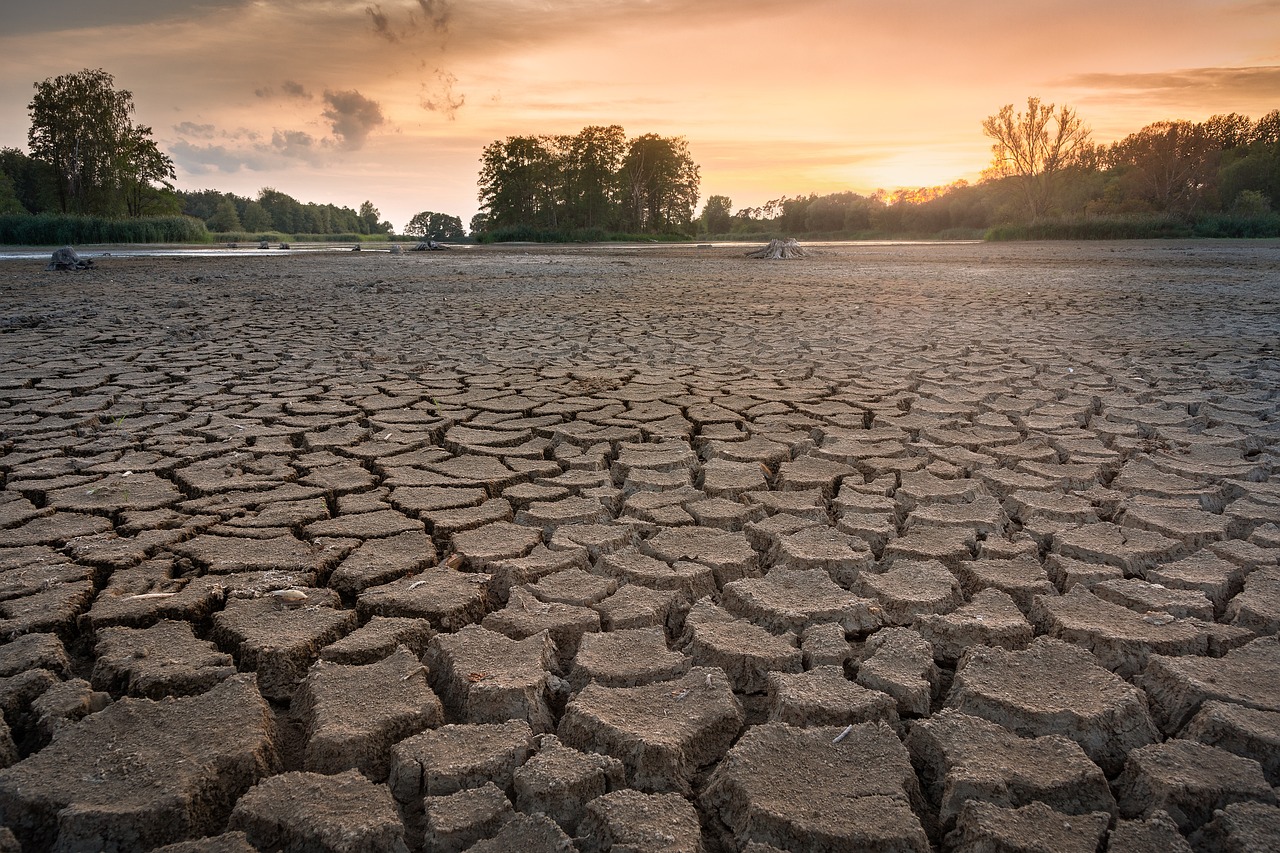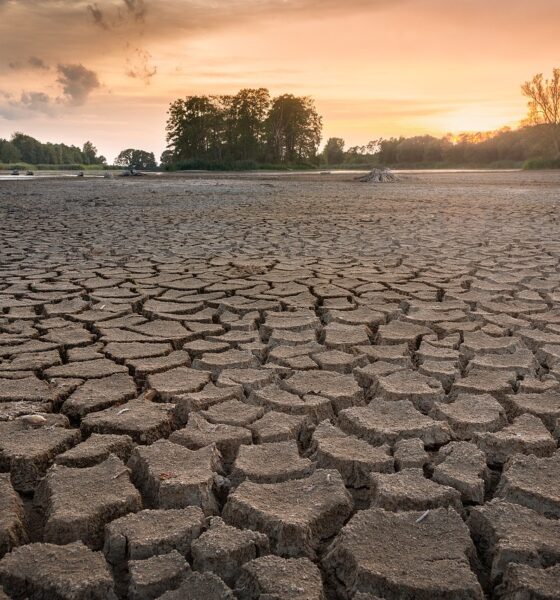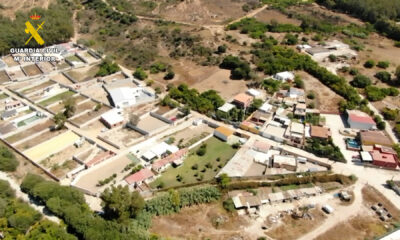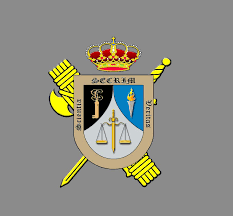

Environment and Weather
Western Mediterranean drought situation
Heat waves and low rainfall have caused a severe drought in the Western Mediterranean region and temperatures are expected to rise even more in the summer, so there is a high risk that water resources reach a critical state, according to the Drought in the western Mediterranean May 2023 report published by the European Union.
In addition, this situation has caused a reduction in soil moisture and river flows and has affected vegetation and crops during their growing season. Thus, in the Iberian Peninsula, drought conditions intensified and yield forecasts are much lower than the values for 2022, with substantially reduced areas planted with summer crops.
However, the better growing conditions in the Balkans, Italy, France and Turkey can partially offset poor prospects for western Mediterranean countries, if effective sustainable soil management is carried out.
From May to July 2023, drier than average conditions (compared to the 1981-2016 baseline) are predicted in the Iberian Peninsula and northern Morocco. Close to average or slightly wetter conditions are predicted for southern France, northern Italy, Tunisia, Algeria, and southern Morocco. According to the Copernicus C3S seasonal forecasts up to August 2023 warmer than usual conditions are likely to occur in the western Mediterranean, with large positive anomalies and higher values over the Iberian Peninsula, Algeria, Tunisia, and the Mediterranean islands. Precipitation forecasts are for close to average conditions, or slightly wetter mainly in northern Africa, However, some variability between models is evident. Close monitoring is required to better understand the impacts expected for the coming season.
Reported impacts
In May 2023 the Global JRC Mars Bulletin reported that the drought in the Maghreb was the worst seasonal drought in recent decades. Yield forecast worsened further and are well-below average levels. As the severe drought in March and April affected the winter cereals, crop flowering failures are likely to occur in Morocco, Algeria and Tunisia.
In May 2023, the European JRC Mars Bulletin reported that the intensified drought conditions in the Iberian Peninsula worsened the yield forecast well below 2022 values. Winter and spring crops have been affected, and the canopy resembles summer conditions. Winter crops will only be partially harvested as grain. Part of these has been harvested already as fodder. Areas sown with summer crops are substantially reduced.
Water reservoir storage in Spain is already below the level of the same period in 2022, corresponding to less than half of the total capacity. In Portugal water storage is still good, generally close to the capacity, worsening in the southern regions.
In Spain, the water level of the Tagus (the longest river in Iberian Peninsula) dropped to an extremely low depth.
The government decided to modify the water management, limiting the flow to the south-eastern Levante. The scarce water resources and the difficult management could severely affect agriculture.
Spain, Portugal, Morocco and Algeria have all broken temperature records during April 2023. Temperatures of almost 39 °C were recorded in Spain, above 41 °C in Morocco and 40 °C in Algeria. Spain has not only recorded its warmest April in 2023, but also its driest since 1961.
The post Western Mediterranean drought situation appeared first on Spain Today – Breaking Spanish News, Sport, and Information.





























